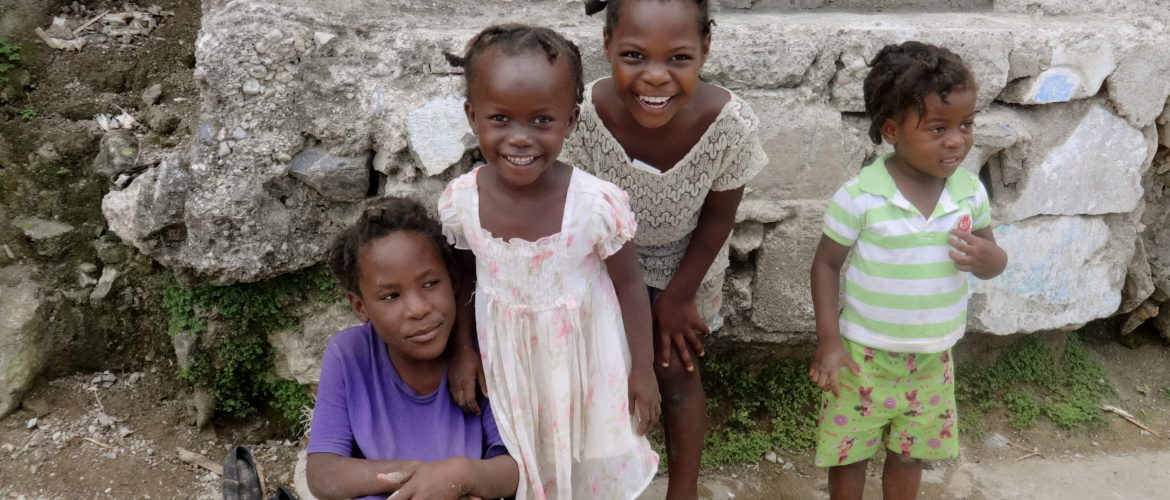In October 2009, Nigerian author Chimamanda Ngozi Adichie took the stage at a TED Talk event to describe the danger of a single story. Her speech has since been viewed over a million times on the TED channel.
As photography takes the place of pen and paper for many travelers, the danger of a single story is now synonymous with the danger of a single image, and Chimamanda Adichie’s message is as relevant as ever.
For Haiti it is easy to come up with a list of words, reinforced over and over again by a barrage of images, that play out any number of variations on the same theme: Poverty, disaster, destruction, displacement, chaos, instability, upheaval…
No matter which word you choose, if it is the photo you choose to take, that photo becomes part of a collection that contributes to painting Haiti in a single color, to telling her story with a single image.
Sometimes it is difficult to recognize our experience with a culture or people as being two-dimensional, and we fall victim to the power of a single story without ever realizing it. When we are continually fed the same story (in all of its variations) it becomes what we expect and what we look to realize in our interactions.
An influential professor once shared a story with me from early on in his travels:
Shortly after landing he was greeted by a young woman who was to be the group’s guide for the duration of the trip. Looking around him at the bustling streets and the generally diminished socioeconomic condition of the neighborhood, he lifted his camera to take a picture; he wanted an image to bring back and share with his colleagues who were curious about the place he was visiting. The young woman stopped immediately, turned to look at him and said “Oh. You’re one of those people.”
Disconcerted by the generalization he responded, “What people?”
She continued: “The people who come to my country and take pictures of my people the way you think we are.”
He told me that she had been right, he had gone into that trip with an image already in mind and that was the image he saw everywhere when he looked around.
Her influence changed his perspective; by pointing out things that didn’t play into the narrative of the single story she was able to help him break away from it.
Talking about her own experiences growing up, Chimamanda Adichie said this too:
“All of these stories make me who I am, but to insist on only these negative stories is to flatten my whole experience and to overlook the many other stories that formed me… The problem with the single story is that they create stereotypes and the problem with stereotypes is not that they are untrue, but that they are incomplete.”
It will be a long time before Haiti sheds the images of poverty and destruction that have become its “single story” for the world, but the photos we choose to take can play a role in the way Haiti is understood by the members of our own organizations, as well as our family and friends.
After listening to Chimamanda Adichie’s talk, I have a plan for the next time I visit Haiti. I am not confident in my ability to separate completely from the single story, but this is an opportunity, to sit down with my host and talk about what images she thinks are most important to capture, if any at all. I hope that I might be surprised by the plurality of stories I can uncover and share.
by Erin Nguyen on October 30, 2014
Chimamanda Adichie’s full talk is available below.
Read Part 3 in the HaitiHub Photography Series: Selling Poverty



